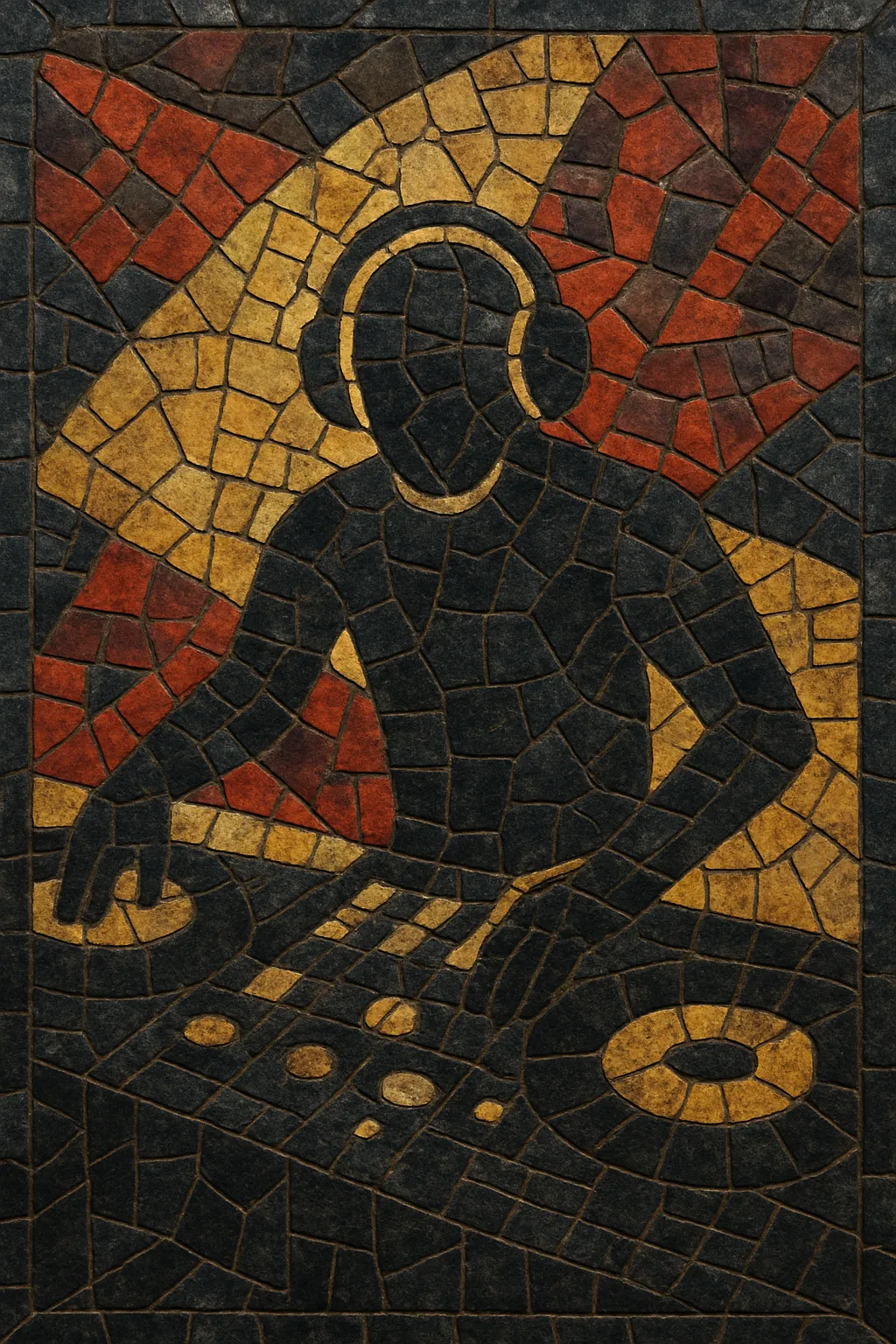Belgian techno is a dark, high-energy branch of European techno that crystallized at the turn of the 1990s from Belgium’s late‑1980s new beat and EBM scenes. It is characterized by pounding TR‑909 kick drums, aggressive minor‑key riffs, and the iconic “hoover” or “mentasm” rave stab that became a calling card of early European rave.
Compared to Detroit’s sleeker futurism, Belgian techno leans heavier, more industrial, and more macabre, often adding orchestral hits, distorted bass, and stark, chant‑like vocal samples. Tempos typically sit around 130–145 BPM, with arrangements built for big rooms: long tension builds, explosive drops, and relentless propulsion designed for cavernous clubs and warehouse raves.
Belgian techno grew out of Belgium’s globally influential late‑1980s scene. New beat (a slowed‑down, hypnotic blend of EBM, house, and industrial) created a distinctive local taste for dark timbres, heavy drums, and eerie atmospheres. Clubs like Boccaccio helped codify the mood, while labels such as Antler‑Subway and Music Man cultivated a forward‑leaning electronic sound.
Around 1990, the music accelerated and toughened. R&S Records (Ghent) became a European epicenter, releasing pivotal tracks that defined the Belgian techno aesthetic: savage 909s, metallic percussion, minor‑key stabs, and the infamous “hoover” (popularized via tracks like T99’s “Anasthasia” and the broader ‘mentasm’ lineage). Belgian producers and studio teams fused new beat’s darkness with techno’s drive, igniting a rave‑ready style that swept across Europe.
The scene matured through labels like Bonzai and Music Man, while Fuse (Brussels) emerged as a key club for techno culture. Belgian techno coexisted with—and influenced—harder strands (hardcore, gabber) and trance‑leaning offshoots. Producers such as CJ Bolland, Frank De Wulf, Praga Khan, and Yves Deruyter became fixtures, and the country’s studios and labels served as a launchpad for international techno and rave trends.
Belgian techno’s DNA—hoover stabs, austere minor harmonies, and industrial punch—can be heard in early UK breakbeat hardcore, jungle, Dutch gabber, hard trance, and broader European techno. In recent years, artists like Charlotte de Witte and Amelie Lens have carried Belgium’s techno reputation globally, pairing contemporary production with the country’s long‑standing taste for muscular, big‑room rhythm and dark, concise hooks.


